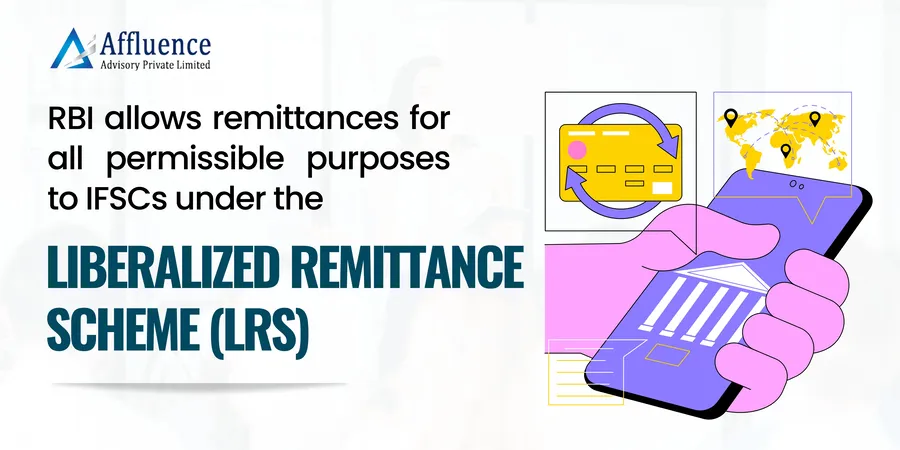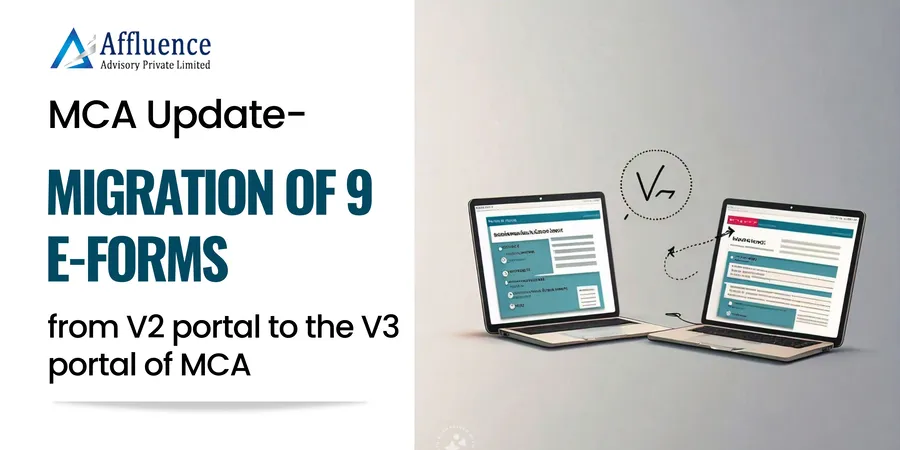When it comes to borrowing money, lenders often require borrowers to provide some form of security or collateral to mitigate their risk. In the realm of lending, common methods of securing loans are through mortgage, pledge, and hypothecation. These legal mechanisms provide lenders with a means of recouping their funds in the event of borrower’s default. These three terms are related to securing a loan or debt with collateral. For better understanding, let’s compare each term respectively for better analysis:
|
DIFFERENCE |
MORTGAGE |
HYPOTHECATION |
PLEDGE |
|
Meaning |
A legal agreement where the borrower pledges a property as collateral to the lender against the loan. If the borrower defaults in repayment of loan amount, the lender can invoke ownership of the property and sell it to recover the outstanding debt. |
A type of security in which the asset (usually movable) is offered as collateral for a loan, without transfer of ownership. |
A type of security where the borrower (usually movable) goods are given as collateral for a loan, without transferring ownership. |
|
Type of Security/Property |
Usually involves immovable assets such as land, buildings, or real estate. |
Involves movable assets like machinery, inventory, etc. |
Involves movable assets like goods stocks, or other valuable assets. |
|
Transfer of Ownership |
The legal ownership of the property is transferred to the lender until the loan is repaid |
No transfer of ownership of the assets occurs in hypothecation. The borrower retains ownership. |
No transfer of ownership of the pledged assets occurs in the pledge. The borrower retains ownership. |
|
Registration |
Typically requires registration with the local government or relevant authority to establish the lender’s lien on the property. |
The hypothecation agreement is usually registered with the relevant authority, but it can also be unregistered. |
The pledge requires registration with the concerned authority, such as the Registrar of Companies (for shares) or the Registrar of Firms (for other movable assets). |
|
Possession of Asset |
The lender does not possess the mortgaged property during the loan period, unless there is a default. |
The borrower usually retains possession of the asset and can use it for business operations. |
The possession of the pledged asset typically remains with the borrower unless there is a default. |
|
Purpose |
Typically used for long-term funding needs, such as buying any property. |
Commonly used for short-term loans for working capital or purchasing specific assets. |
Commonly used for obtaining credit lines for businesses or raising funds for specific purposes. |
|
Examples |
In case LAP (Loan against property), and Real Estate Mortgage. |
Hypothecation of machinery for a business loan, Hypothecation of inventory for working capital requirement. |
Pledge of shares for obtaining a credit line for a company, Pledge of inventory for a short-term loan. |
Compliance applicable under the Companies Act, 2013
- According to Section 100 of the Transfer of Property Act, 1882, where an immovable property of one person either by an act of parties or operation of law secure the payment of money to another and when such transaction does not amount to a mortgage, the latter person is said to have a charge on the property, and all the provisions which apply to a simple mortgage shall, so far as may be, apply to such charge.
- According to Section 77 of the Companies Act, 2013, it is the duty of every company to create a charge within or outside India, on its property or assets or any of its undertakings, whether tangible or otherwise, and situated in or outside India, to register the particulars of the charge signed by the company and the charge-holder together with the instruments, if any, creating such charge in such form, by paying the fees, with the Registrar within 30 days of its creation. The Form shall include an instrument of creation or modification and terms & conditions shall form part of the instrument as annexure.
Note: If a company violates the provisions of the aforementioned clause, the company shall be liable to a penalty of five lakh rupees and every officer of the company who is in default shall be liable to a penalty of fifty thousand rupees.
If any person willfully furnishes any false or incorrect information or knowingly suppresses any material information, required to be registered in accordance with the provisions of section 77, he shall be liable for action under section 447.
For Charges created or modified on or after 02.11.2018
a) If the Form CHG-1 is not filed within 30 days then the following additional fees or ad valorem fees shall be payable up to 31st July 2019, by all companies:
|
Period of Delay |
Fees applicable |
|
Up to 30 days |
2 times of normal fees |
|
More than 30 days and up to 60 days |
4 times of normal fees
|
|
More than 60 days and up to 90 days |
6 times of normal fees
|
b) The following additional fees or ad valorem fees, shall be payable with effect from 1st August 2019:
|
Period of Delay |
Small Companies and OPC |
Other than Small Companies and OPC |
|
Up to 30 days |
3 times of normal fees
|
6 times of normal fees |
|
More than 30 days and up to 90 days |
3 times of normal fees plus an ad valorem fee of 0.025 per cent. of the amount secured by the charge, subject to the maximum of rupees one lakh. |
6 times pf normal fees, plus an ad valorem fee of 0.05 per cent. of the amount secured by the charge, subject to the maximum of rupees five lakhs. |
Disclaimer: This article provides general information existing at the time of preparation and we take no responsibility to update it with the subsequent changes in the law. The article is intended as a news update and Affluence Advisory neither assumes nor accepts any responsibility for any loss arising to any person acting or refraining from acting as a result of any material contained in this article. It is recommended that professional advice be taken based on specific facts and circumstances. This article does not substitute the need to refer to the original pronouncement
CLICK HERE TO DOWNLOAD PDF











